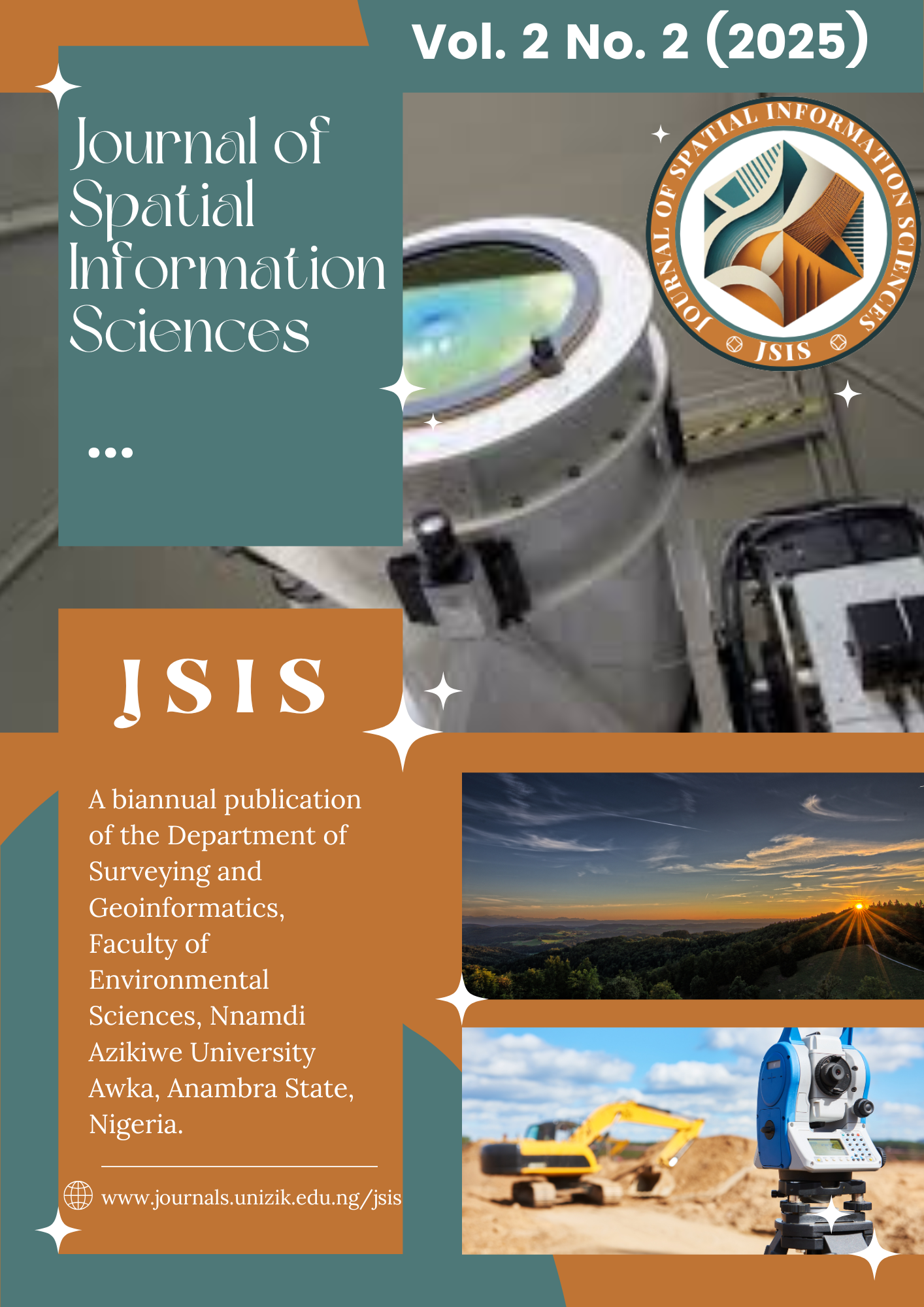Comparative Analysis of Machine Learning Techniques in Identification and Mapping of Urban Road Network with Remotely Sensed Imagery in Parts of Benin City, Nigeria
DOI:
https://doi.org/10.5281/Keywords:
Urban road network, Machine learning, Remote sensing, UAV imagery, Support Vector Machine, Convolutional Neural Network, Random ForestAbstract
Accurate mapping of urban road networks is fundamental for effective urban planning, transportation management, and infrastructure development, particularly in rapidly expanding cities. This study evaluates and compares the performance of three machine learning algorithms—Support Vector Machine (SVM), Convolutional Neural Network (CNN), and Random Forest (RF)—for automated extraction of urban road networks from high-resolution UAV imagery in Benin City, Nigeria. UAV data acquisition was conducted using a DJI Matrice 100 drone equipped with a Zen muse X5 camera, followed by extensive preprocessing including calibration, georeferencing, mosaicking, orthorectification, noise reduction, and feature extraction. The CNN model demonstrated superior performance, achieving an overall accuracy of 91.3%, precision of 0.89, recall of 0.85, F1-score of 0.87, and Intersection over Union (IoU) score of 0.834, outperforming both RF (88.7% accuracy) and SVM (87.3% accuracy). CNN’s hierarchical feature extraction effectively addressed the complexity of urban morphology, varying road widths, and edge localization, though with increased computational demands. SVM exhibited high accuracy in primary road detection but struggled with narrower and shadow-obstructed roads, while RF demonstrated balanced performance but was sensitive to urban density and occlusions. Comparative analysis with conventional remote sensing methods, which achieved 76.8% accuracy, underscores the significant advantage of machine learning-based approaches in terms of accuracy, efficiency, and scalability. The findings highlight CNN as the most robust and reliable algorithm for urban road network mapping in complex urban environments. Future work should focus on developing hybrid models that integrate the strengths of CNN, RF, and SVM, as well as implementing advanced preprocessing techniques to mitigate challenges posed by shadows and occlusions.
Downloads
Published
Issue
Section
License
Copyright (c) 2025 I. O. Ovu, J. I. Igbokwe, J. O. Ejikeme, A. J. Adeboboye

This work is licensed under a Creative Commons Attribution-ShareAlike 4.0 International License.





